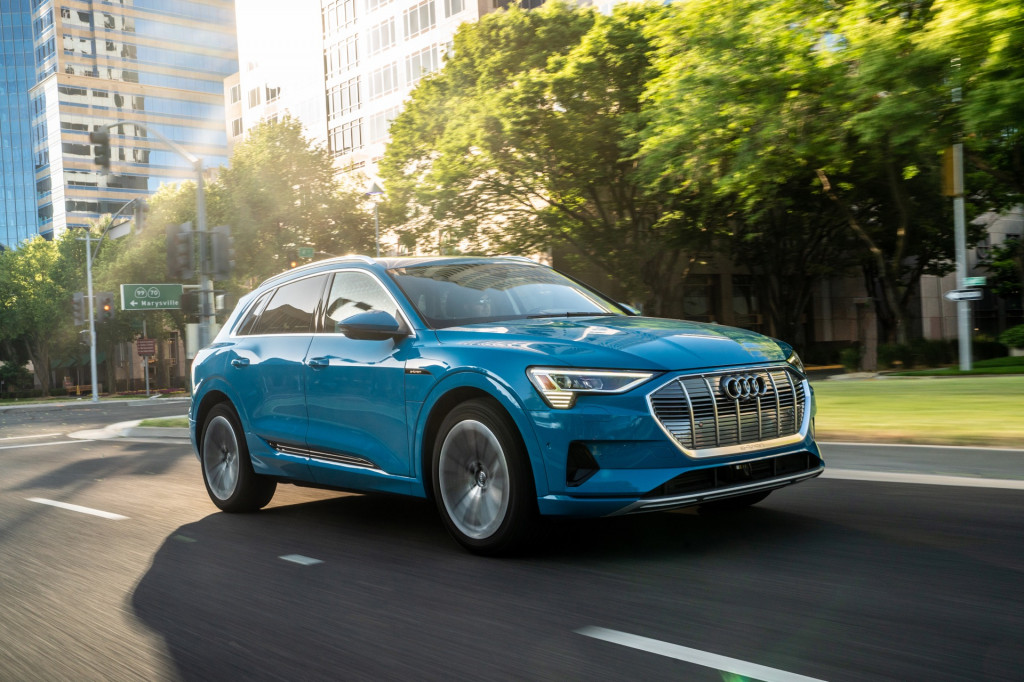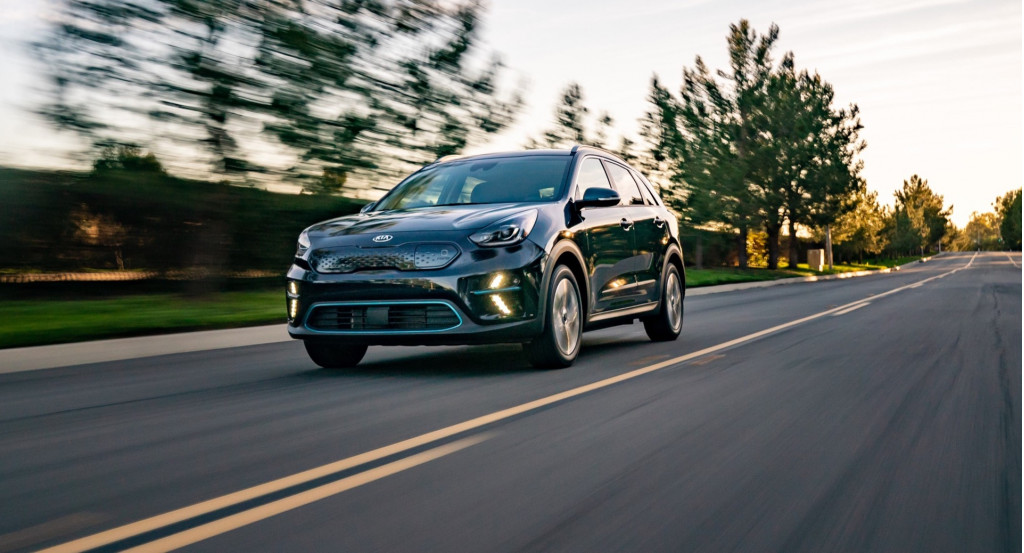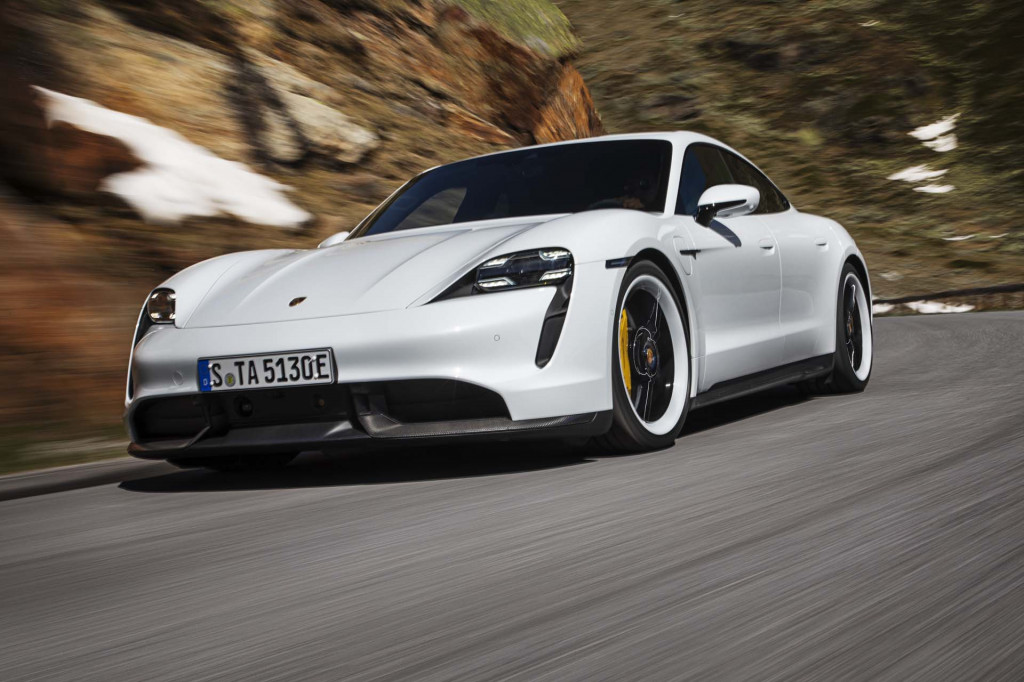Carmakers have become increasingly attuned to the idea of reducing carbon footprint and emissions in their manufacturing and emissions, and car shoppers have become more demanding and discerning.We’re happy to have made the requirements for our Green Car Reports Best Car To Buy narrow enough to point to a select few vehicles.
In continuing a very strong filter applied for the first time last year, we required that vehicles plug in, and be able to operate in a zero-tailpipe-emissions mode for a significant portion of daily driving.
To sum on why we have the plug-in requirement, the greenest new vehicles today are electric. According to the Union of Concerned Scientists the average EV today driving in the U.S. on electricity is equivalent (in greenhouse-gas emissions) to a conventional gasoline model getting 80 mpg. In some regions, because of dirtier, less-efficient coal-fired power plants that figure gets as low as 38 mpg; yet progress in power generation underscores that EVs will keep getting cleaner through their lifetime, while the additional carbon emissions involved in manufacturing EVs constitutes a small fraction of their total lifetime carbon emissions.
Now as for our requirement of going tailpipe-emissions-free for “a significant portion of daily driving,” we had to set some boundaries. Based on the average American round-trip commute of 31.5 miles, from AAA’s 2016 American Driving Survey, we only considered plug-in hybrids with an EPA-rated 32 miles of electric-only operating range or more.
Once again there weren’t any new plug-in hybrid models that met this requirement. The 2020 Karma Revero GT does, but it wasn’t yet available (or EPA-rated) in October (and next year we’ll have the 2021 Toyota RAV4 Prime, for instance).
Regarding fully electric vehicles, we again—mostly for the sake of testing logistics—limited our consideration to models with a 125-mile EPA-rated range or better. That would yield 100 miles or better if fast-charged to 80 percent on the go.
In order to qualify for Green Car Reports’ Best Car To Buy, vehicles needed to be made available to us for testing, at the very least, in October 2019, and be on sale in January, 2020.
Vehicles needed to be available, at least by order, to customers across the continental U.S. This requirement is highly nuanced, and something we looked at on a case-by-case basis (including past products)—in some cases depending on what executives had stated.
Don't forget, they need to be new
Perhaps most importantly, a model needs to be new or substantially updated over the previous model year.
Yes, that rules out naming last year’s model, the Tesla Model 3, the winner once again. But if all goes on schedule for Tesla, the Model Y will be a contender next year—with a whole lot of other new EVs.
That made the turnout a little sparse, and we had anticipated a longer list of contenders. The Kia Soul EV and Mercedes-Benz EQC are two vehicle models we expected to include that keep pulling tardy slips.
One final disclaimer and reminder: The idea of what constitutes a “green car” isn’t a rigid definition; it’s something that changes with the times and varies depending on your needs and where you are. At Green Car Reports we fully recognize that the greener pick for some rural families might be choosing a hybrid rather than a big V-8 SUV, for instance; and we don’t scold for some not being able to make the choices that those with easy charger access enjoy.
Without further ado, our requirements leave just three models as nominees, in alphabetical order:

2019 Audi E-tron
Audi E-Tron. The German automaker Audi has produced a compelling, very satisfying driving luxury vehicle that fits between its existing models and is appealing without even knowing it’s electric. The E-Tron starts at $75,795 (not counting the federal EV tax credit in any of these prices) and has an official range rating of just 204 miles. Audi has made a pretty good argument that consistency in range and charging is what it prioritized, and the E-Tron can gain up to a claimed 52 miles of range in 10 minutes at a CCS fast charger. The E-Tron is available across the U.S.

2019 Kia Niro EV
Kia Niro EV. The Niro EV is a space-efficient compact crossover that gets 239 miles of range out of a 64-kwh battery. As with most other Kia models it’s a strong value, and at $39,495, it’s the lowest-priced contender this year. Availability is an issue; the Niro EV is currently officially stocked in 12 states, although Kia says it can be special-ordered through any U.S. dealer. But as a final reminder in the Niro EV’s favor, it and other electric vehicles from Hyundai and Kia are the only ones that approach Tesla’s primacy for efficiency, range, and getting the most out of today’s lithium-ion battery technology.

2020 Porsche Taycan
Porsche Taycan. The Taycan is a performance car, but it also forges new territory for electric vehicles as the first mass-production car to be developed with an 800-volt architecture. With its 22.5-minute peak charging time from 5 to 80 percent, the Taycan is the poster car giving charging networks good reason to upgrade their hardware. In its “base” form, the Taycan 4S starts at $105,150. The Taycan is available across the U.S., but most cars initially will be pre-ordered.
Each year, our staff gathers at an undisclosed location and assesses the finalists and their green credentials. As much as possible, we discuss real-world concerns like the ease of charging and accessibility of technology.
In the meantime, we’d like to hear your comments about this year’s picks, and we’ll check back in with more detailed posts, exploring the specs and our driving impressions on each of these nominees, plus a whole lot more.
Visit our editorial group’s other Best Car To Buy awards—at Motor Authority and The Car Connection. And vote for The Car Connection’s annual Driver’s Choice.













